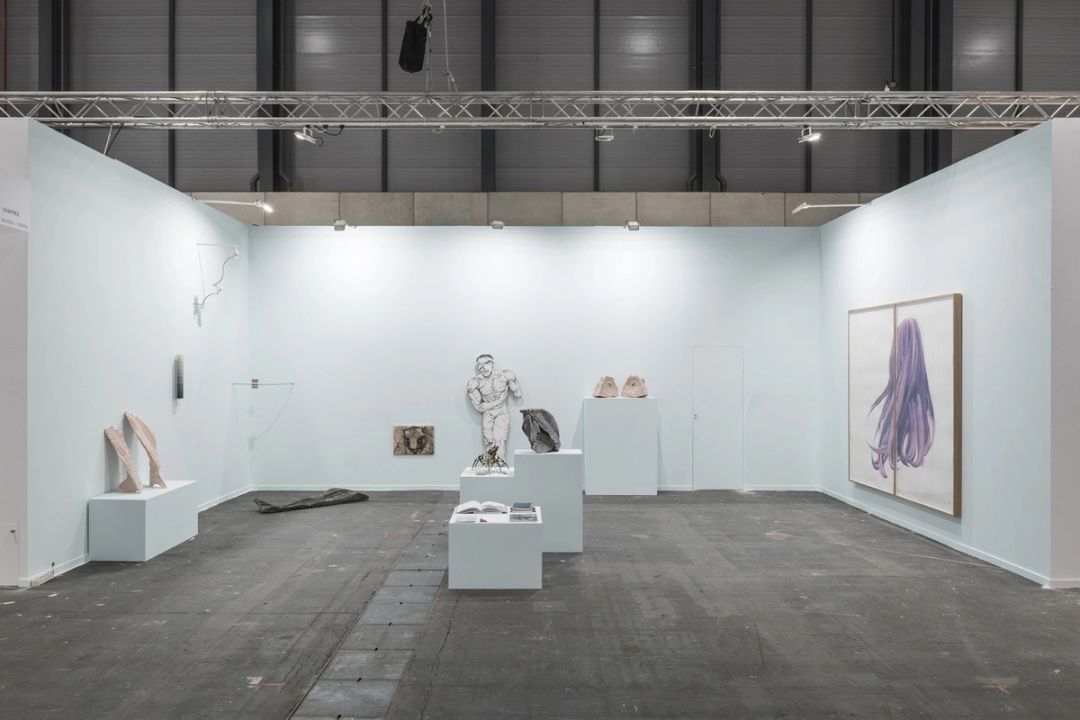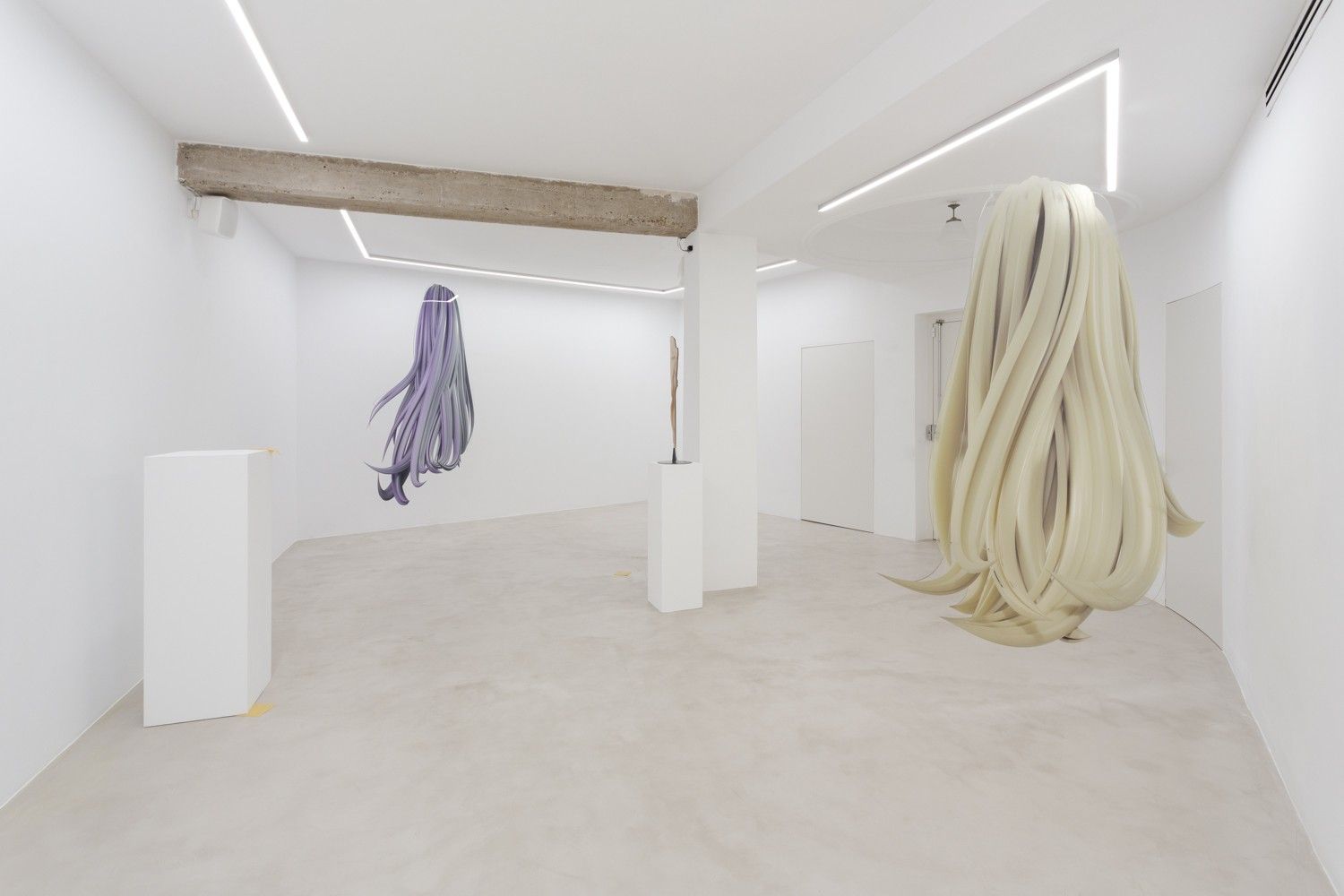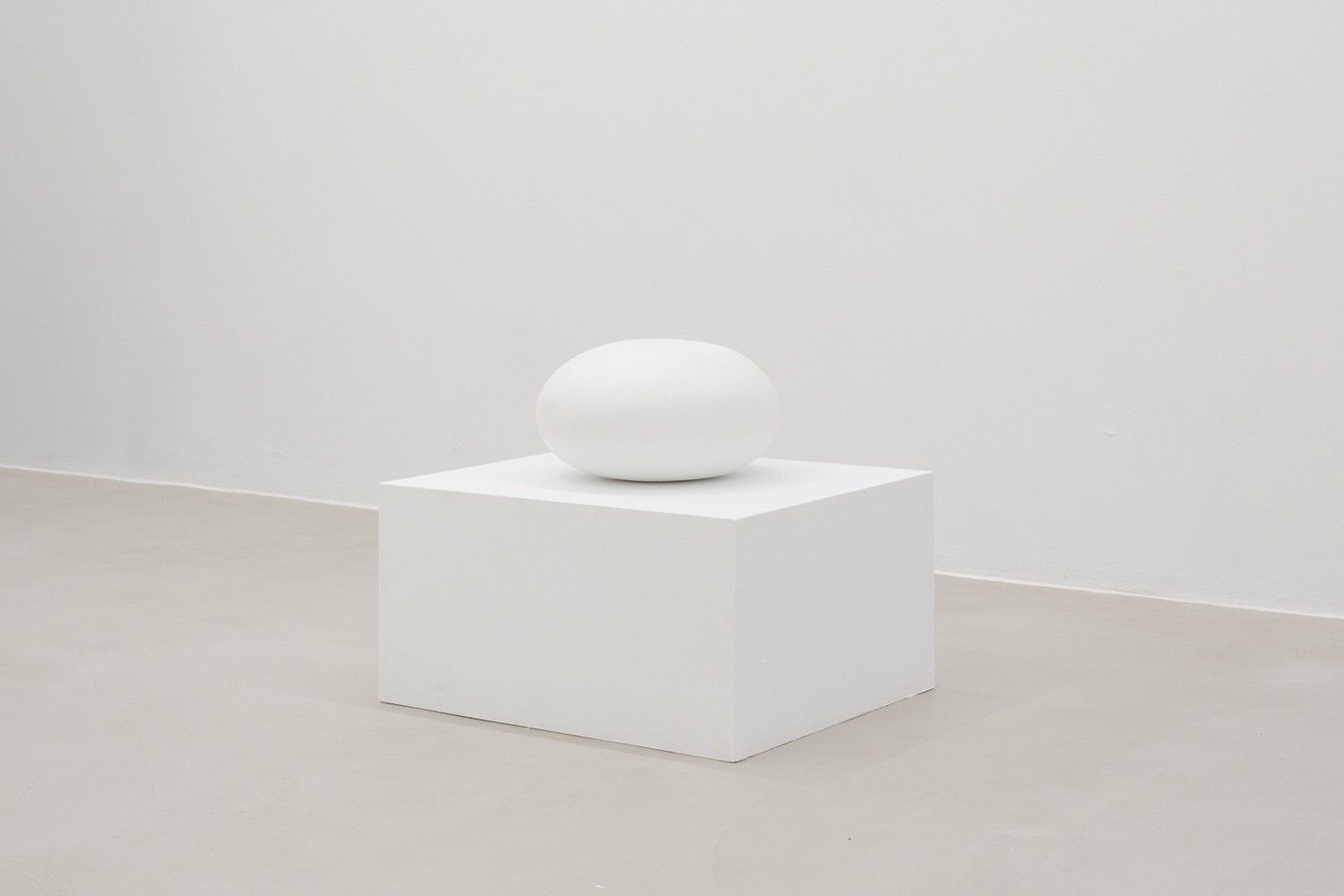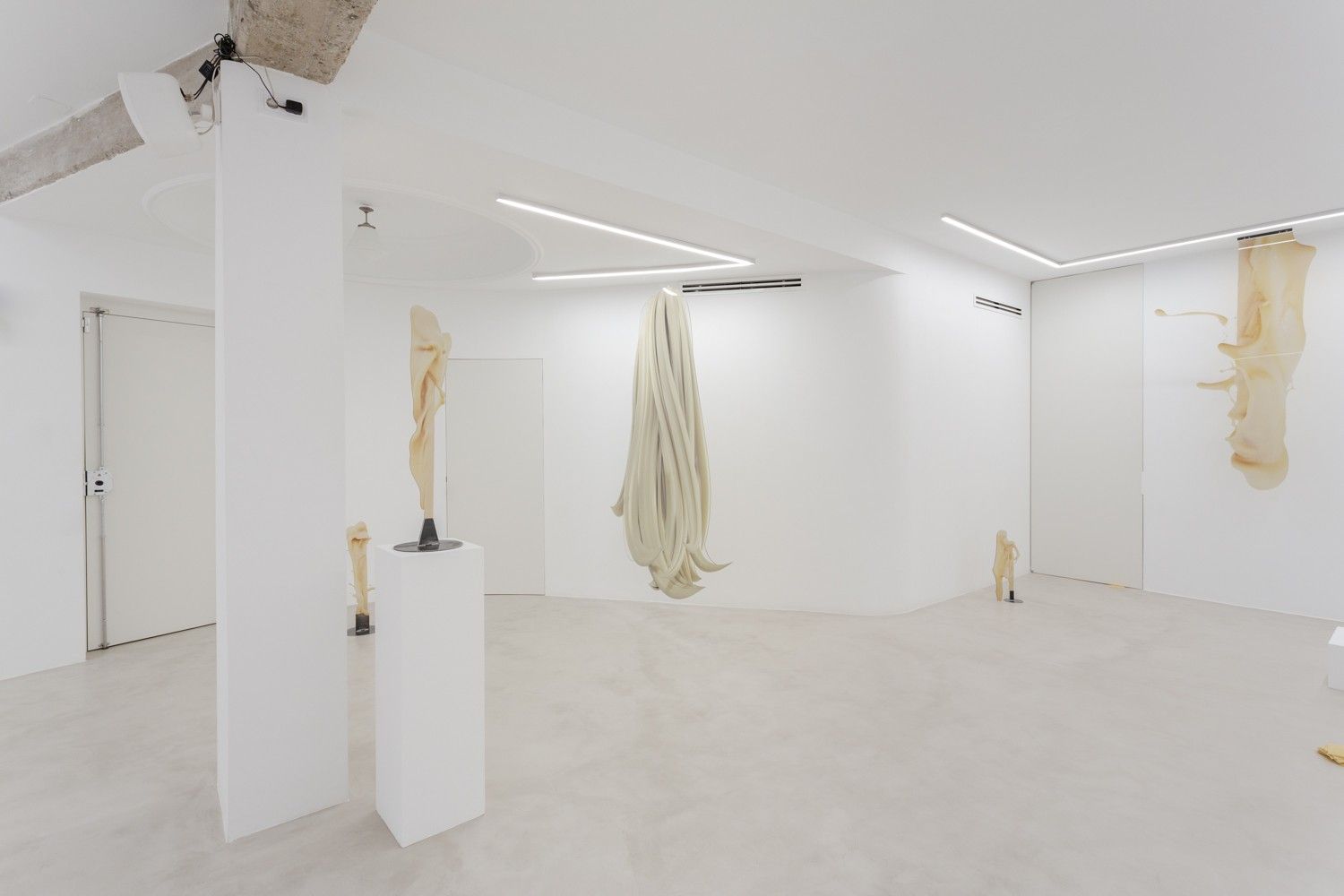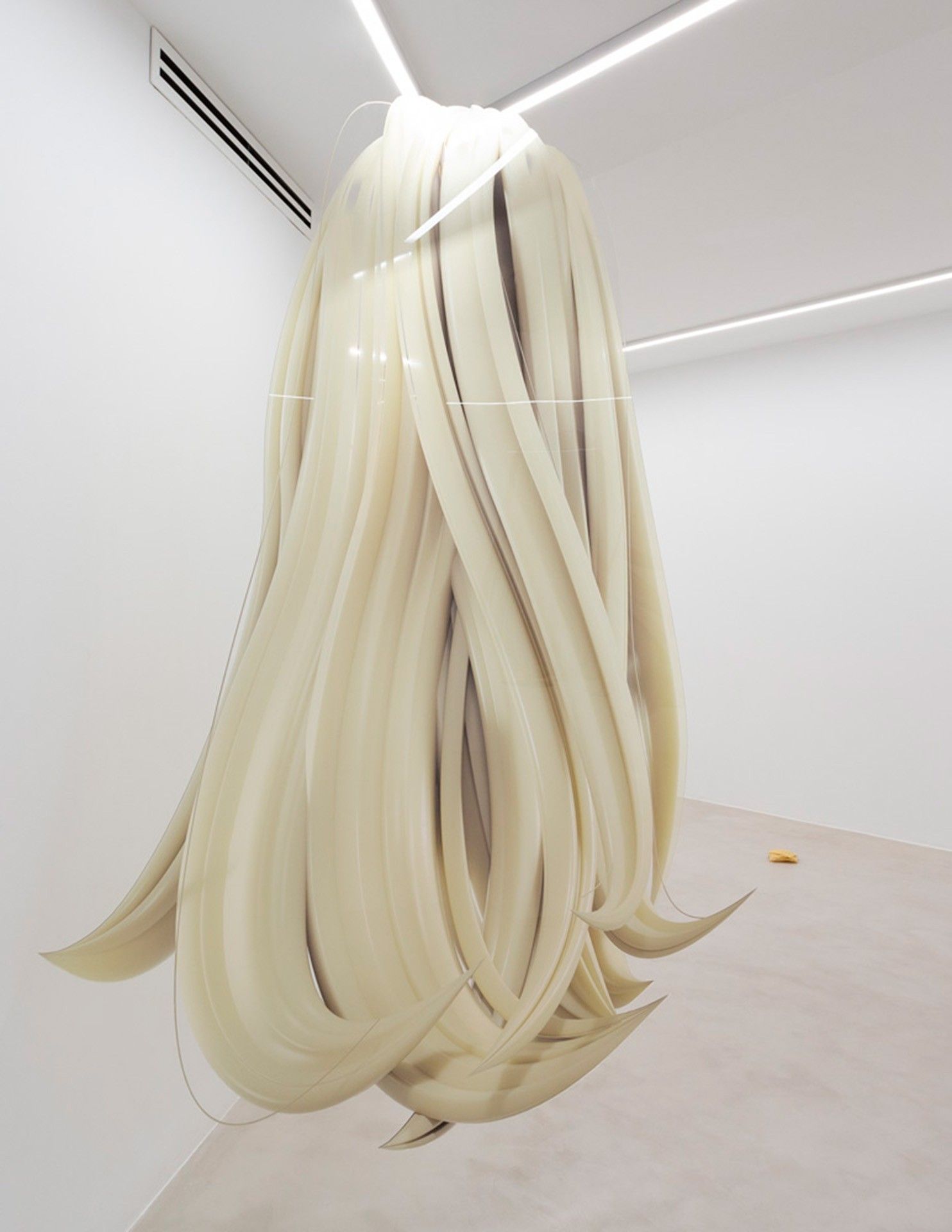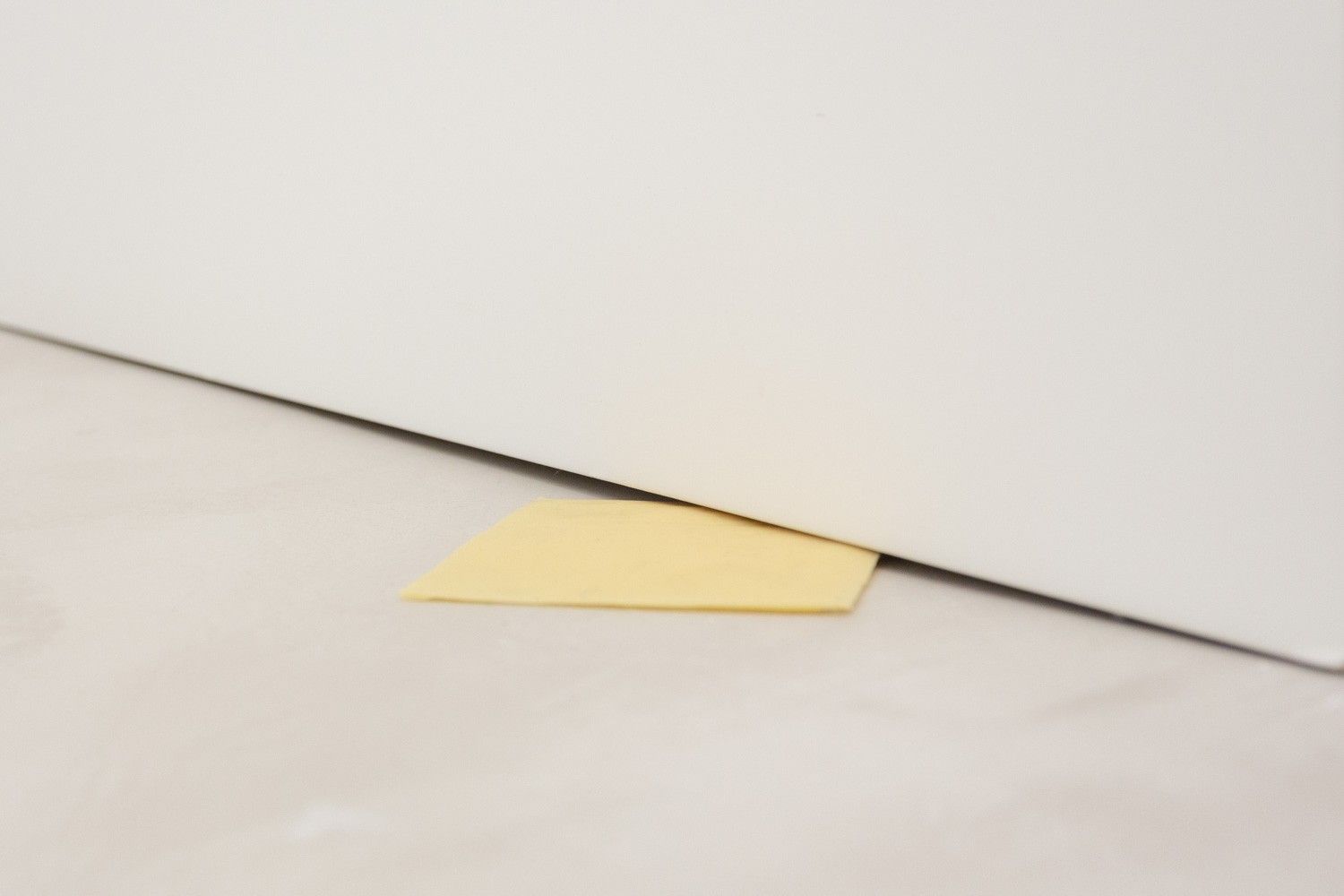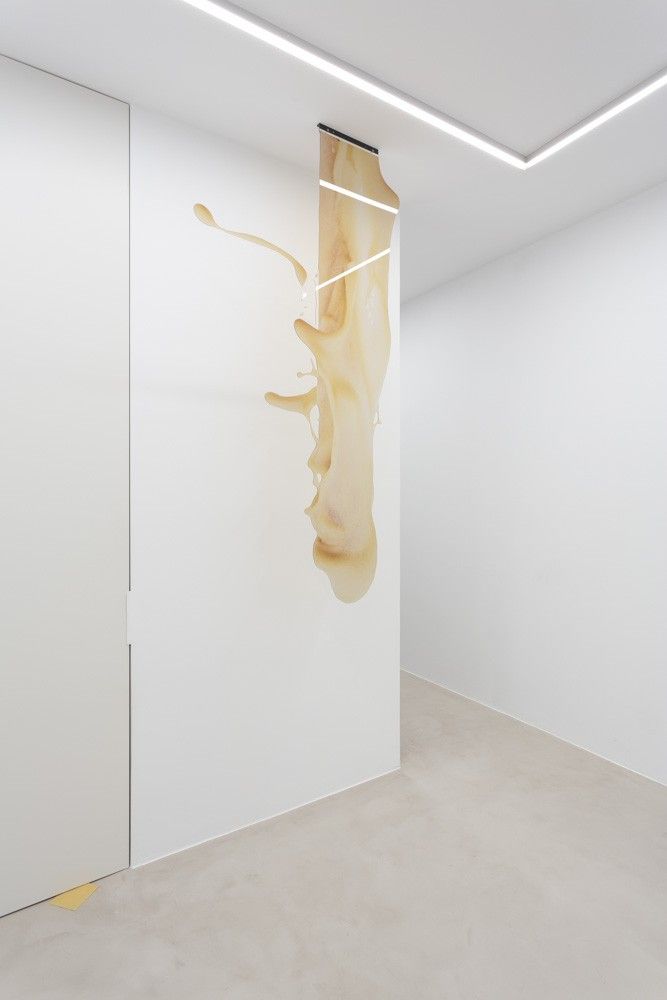F.A.T.A.L.
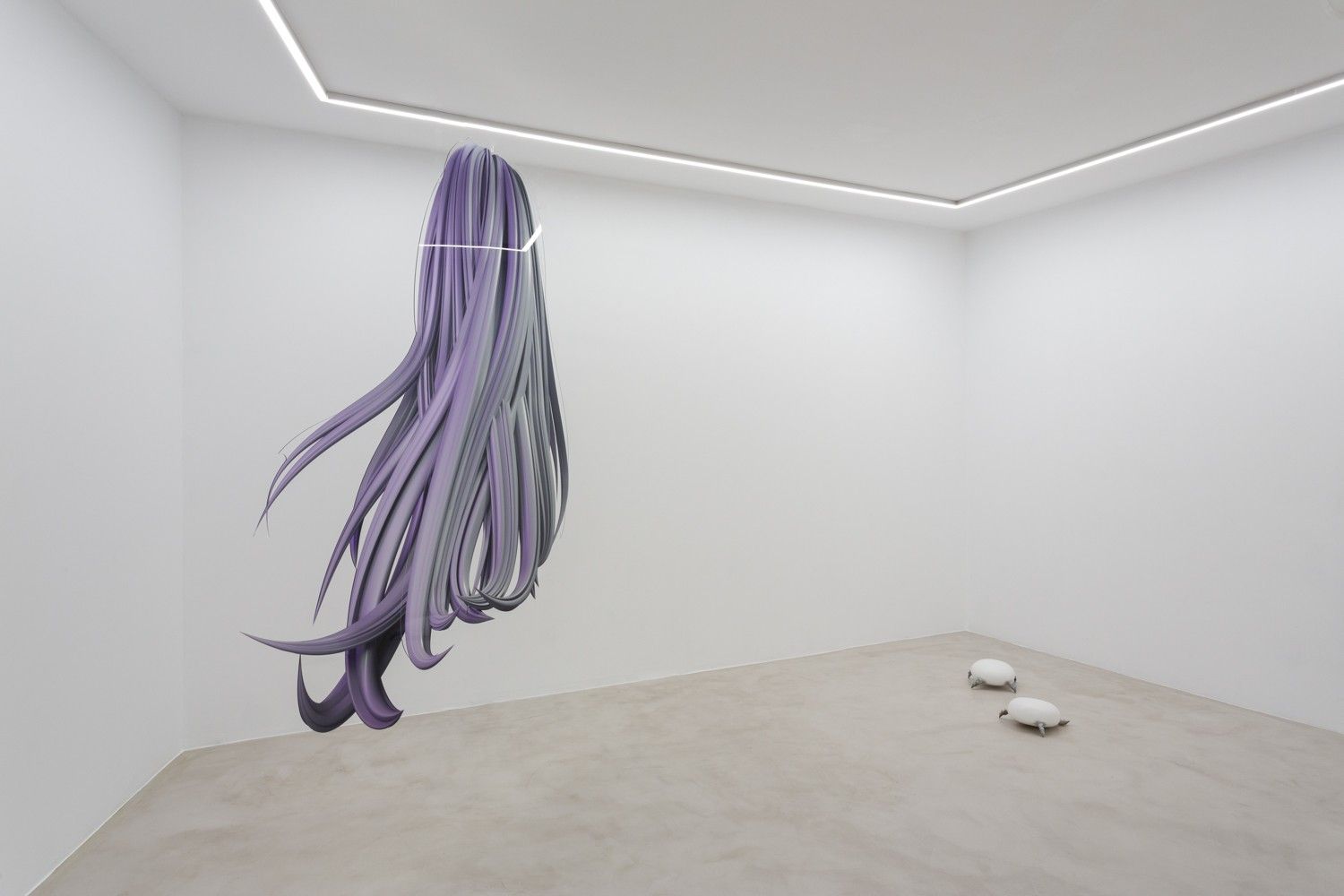
Like a slice of cheese...
"One of those dark days (...), when all the houses are the closest thing to a cave and its inhabitants to troglodytes lost in darkness." Sergey R. MINTSLOV, The Mystery of the Walls, 1906 First crystallization. The transformation of the earth's crust “What guides poetic thinking is the conviction that although the living is subject to the ruin of time, the process of decay is at the same time a process of crystallisation.” Hannah ARENDT, Introduction to Walter Benjamin, Illuminations: Essays and Reflections, 1955 “Everyone knows what colors mean: A small band of the light spectrum. But however small this strip is, we do not want to give it up.” Paul Scheerbart, Glass Architecture, 1914 The ideal of transparency is one of the legacies of the modern movement; that architecture of glass and concrete that proposed a transformation of society and the world that inhabited it. We could question whether the change in society has been so remarkable, but I think there will be very few voices that deny the transformation of the world and the role that human beings have played in that transformation. The notion of transparency, which would be analyzed by Dan Graham when speaking of how the modern movement had been assimilated by American bourgeois urban planning, proposed not only that hypervision that permeated everything but also a cleanliness, an aesthetic notion in which asepsis and the lack of contact, generated by those same elements that allowed the eye to pass through but not the body, favors a hierarchy of spaces. Geometry, monochrome, order... nothing is further from the vision that its pioneer, the architect, poet and science fiction author Paul Cheerbart, had in mind: "The face of the earth would experience a profound change from the moment architecture glass to completely supplant brick architecture. It would be as if the earth were adorned with enamel and diamond jewels.” Colored glass, transforming our vision, educating our eyes to perceive ultraviolet, shining at night, but, above all, changing the entire surface of our planet. It is curious how mutation is inherent in all utopias, new landscapes inhabited by new individuals, improved versions of the human who have been able to perfect their own environment. Currently the possibility of improvement is immense, especially if we take into account how we have transformed our planet. I do not think that Scheerbart was aware of the capacity for change that he himself announced, the Anthropocene. As a species we had always measured the world from our scale and paradigm, but we had never managed to adapt it to us in such a traumatic way. The reification has been invading everything until turning the landscape into an enormous accelerated archaeological remains that, at the same time, is solidifying its ruin. “Rocks growing slow-mo Crystalline I conquer claustrophobia” Bjork, Crystalline, 2011 Doubt “ (…) what is distinctive about eXistenZ is the idea -in a certain sense more strange and disturbing than the notion that reality is a farce- that subjectivity is a simulation. There is an absolute difference between "being-for-itself" and what Sartre calls "being-in-itself": the inert world of objects, stripped of consciousness. Mark FISHER, “You're not going to be able to stop yourself. You might even enjoy it." The Ghosts of My Life: Writings on Depression, Hauntology, and Lost Futures, 2014 “This is a lonely illusion This is my only delusion This is the realm of my wildest dreams” Roisin Murphy, Simulation, 2012 Doubt, the sixth of the seven phases in which Stendhal articulates falling in love, is found between the first and the second crystallization. After the maximum certainty, the only thing that takes place is doubt, since reality and its truth are too unacceptable. Or it may be that our reality surprises us so much that the only thing left for us to do is question it and discover the mechanisms that have led it there. This is one of the elements that articulates the work of the Momu & No Es collective, made up of Lucía Moreno (Basel, 1982) and Eva Noguera (Barcelona, 1979). Following this line of research, many of his works revolve around the attempt to understand what constitutes a mentality. Is it the body? The story? The modes of communication? The relationship ones? Our habitat? The engine could be the difficulty of saying who we are and what makes us that way. We all know that the Internet and applications have transformed the way we relate to others, changing our languages and also the way we perceive ourselves. But what happens when the virtual environment is our only bridge of communication and our real environment is limited to our room? “This leads us to what is perhaps the fundamental utopian debate about subjectivity, namely, whether the utopia in question proposes the kind of radical transformation of subjectivity presupposed by most revolutions, a mutation of human nature and appearance of completely new beings; or if the impulse of utopia is no longer based on human nature” Fredric Jameson, Archaeologies of the Future, 2009 Second crystallization “Object play—for adults as well as children—engages the heart as well as the mind; it is a source of inner vitality. When literary theorist Roland Barthes writes that the objects of disciplinary society come to seem natural, what is most important is that what seems natural comes to seem right.We forget that objects have a history. They shape us in particular ways.” Sherry TURKLE, Evocative Objects. Things We Think With, 2007 During the pandemic, we all feel that feeling of den and prison that our closest surroundings have become. We lived a tedious and silent Armageddon while our reality began to appear strange before our eyes. Objects became buoys, handles on which we tried to calm our restlessness while everything else mutated: viruses, routines, bodies, affections... and that increased communication that technology offered us became the only contact form. Our eyes get used to a new transparency and the images returned to us by the screens crystallized again, the last stage or, perhaps, a past chapter, in which we find the remains of our own civilization. Our imaginary solidified within the methacrylate amber. A grotto, like the caves of Naica, in which the light passes through crystallizations, natural architectures as wild as those that trapped our mental seclusion. In House of Chappaz we are shown the exterior and interior of that ruin. A closed shop, closed due to the crisis, in which every afternoon it allows us to see what something is activated inside, perhaps the luminescence of those fossil remains that, having abandoned all function, simply offer us the forms and the memory. Like that video snippet that got stuck in your loop. A supercut of references: mentos, colas, slices of cheese capable of passing through a doorway and feeding in confinement. Evocative objects that challenge us, accompanied by a soundtrack, forcing us to reflect on what they thought of us, if, ever, someone bothers to descend and find what we populate our worlds with. Text by Eduardo García Nieto, Independent curator and educator Photos by Nacho López Ortiz
Technical Sheet
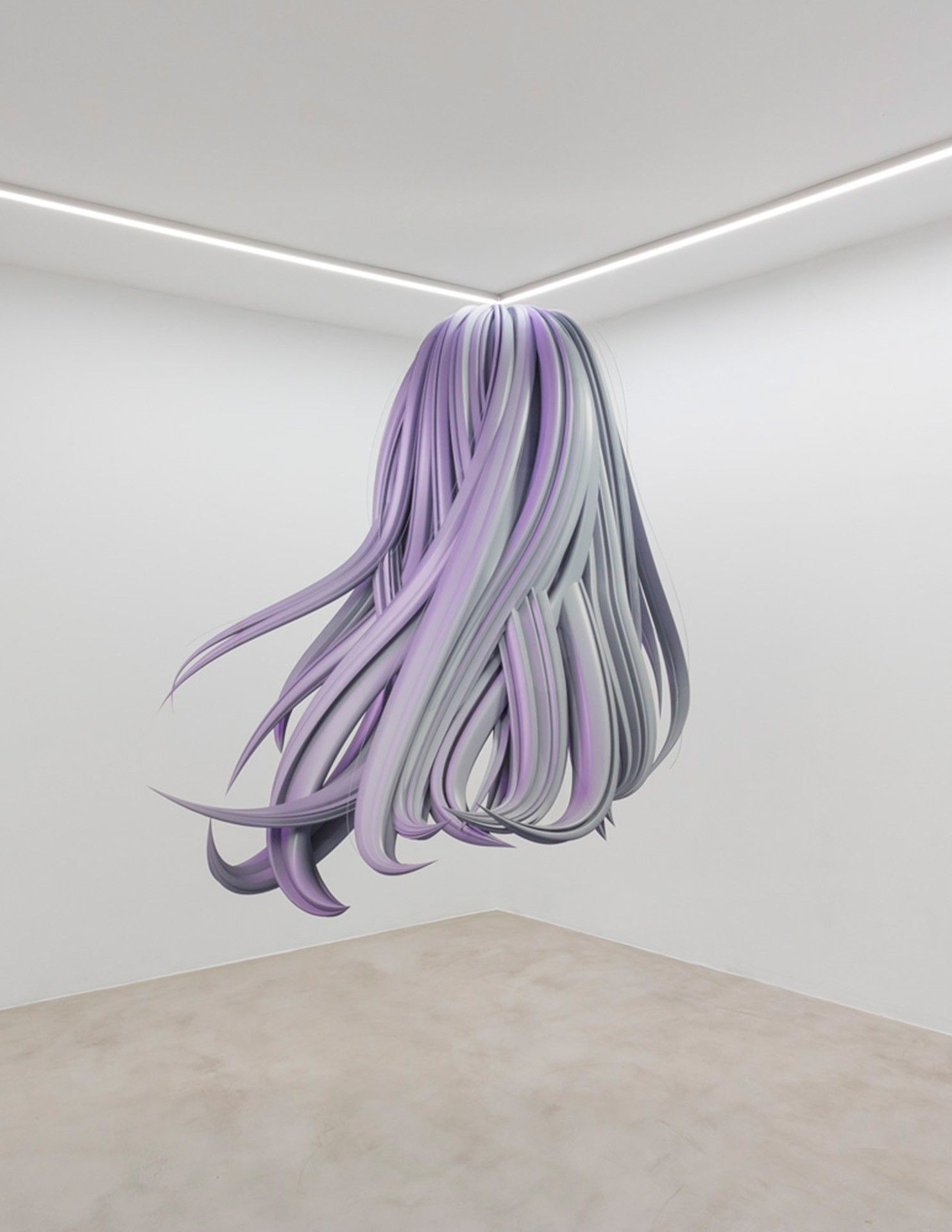
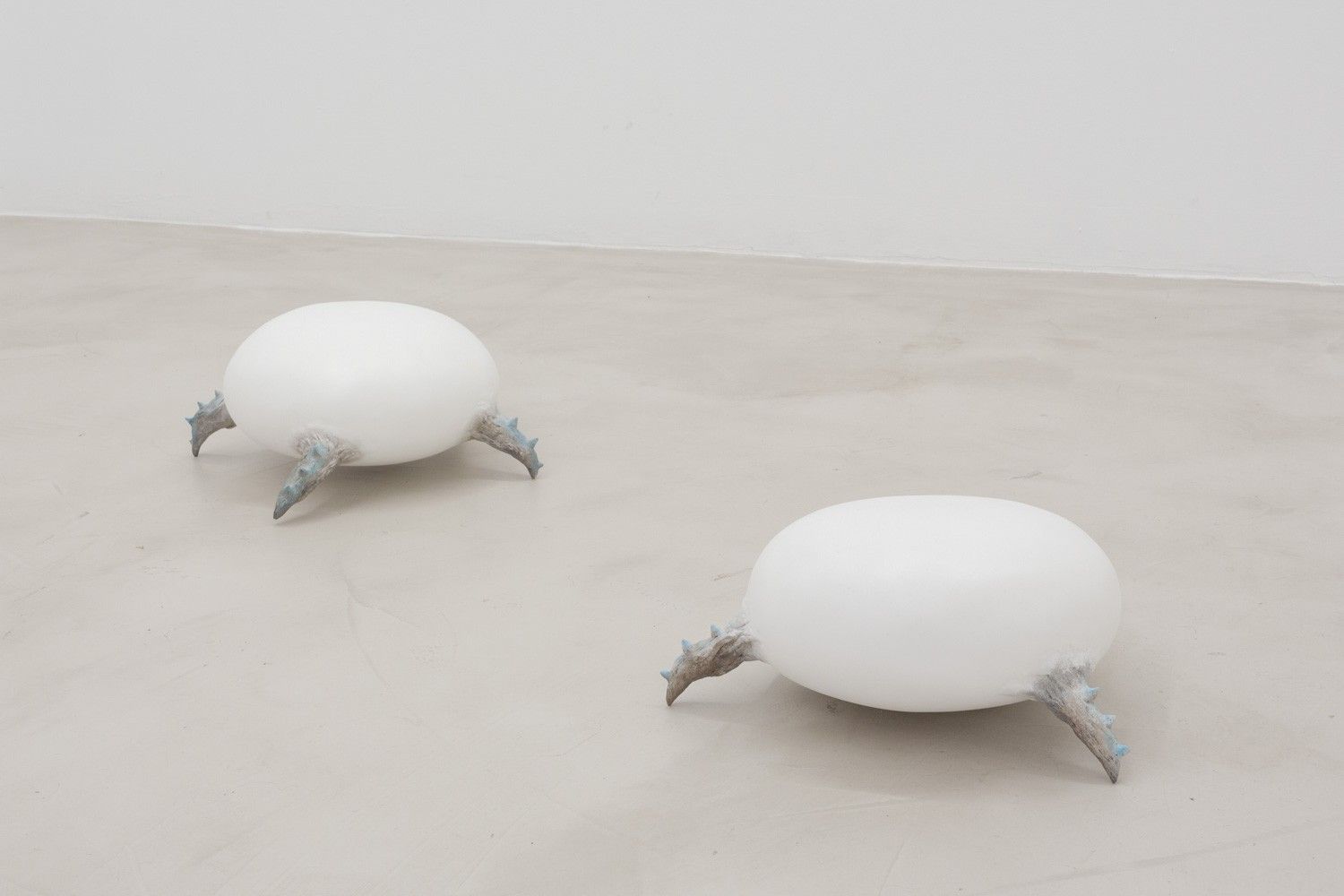

Available works
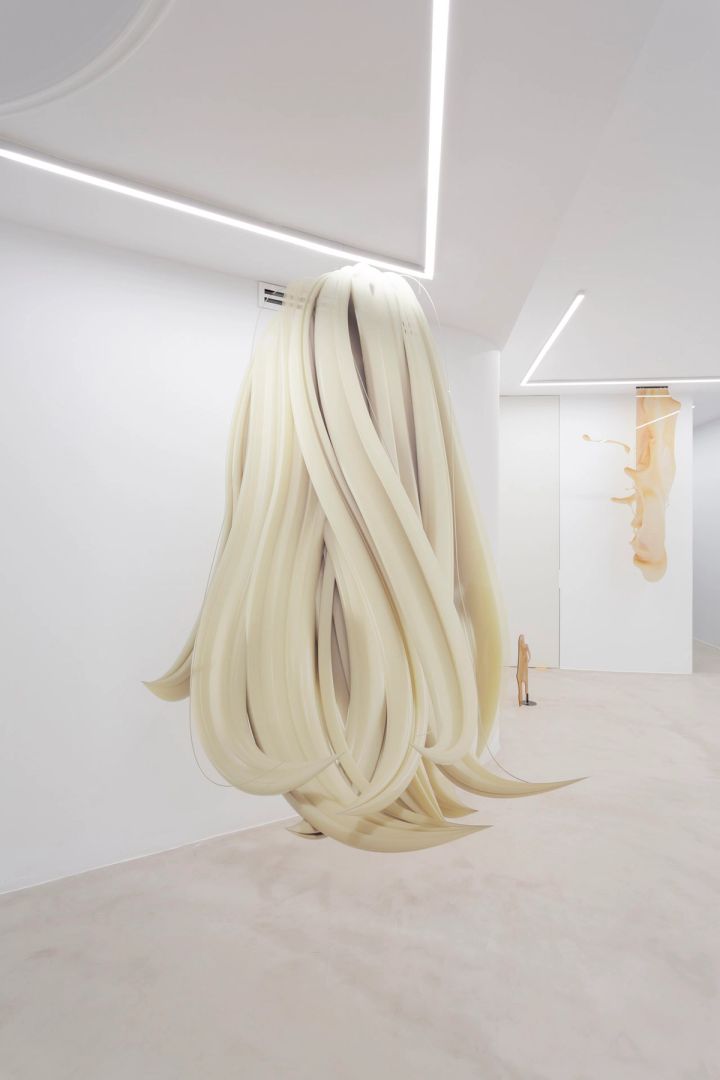
Charon (Mod: The Spiral dance of symptom and spectrum) Momu & No Es
Printed methacrylate for 3D modeling crystallized in two dimensions Variable dimensions 1/3 + 2 AP
This work has been exhibited in the following exhibitions and fairs: F.A.T.A.L. ART COLOGNE 2022
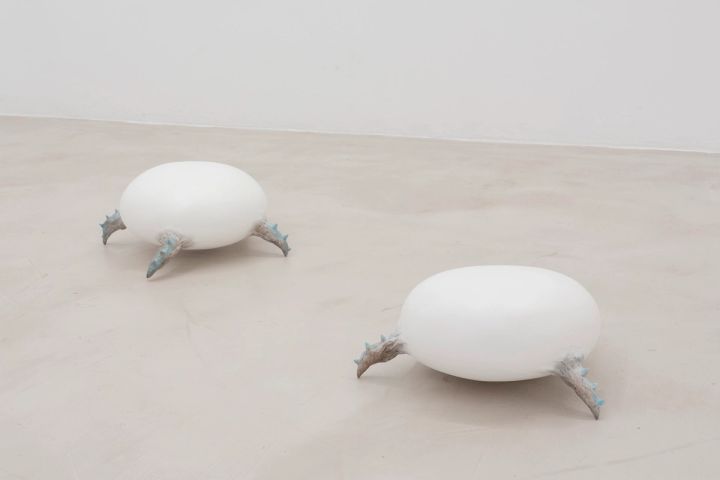
Mentos, fresh does Better (Mother / Erial / Trojan) Momu & No Es
Fiberglass Variable sizes Unique pieces
This work has been exhibited in the following exhibitions and fairs: F.A.T.A.L. ART COLOGNE 2022 ART BRUSSELS 2022
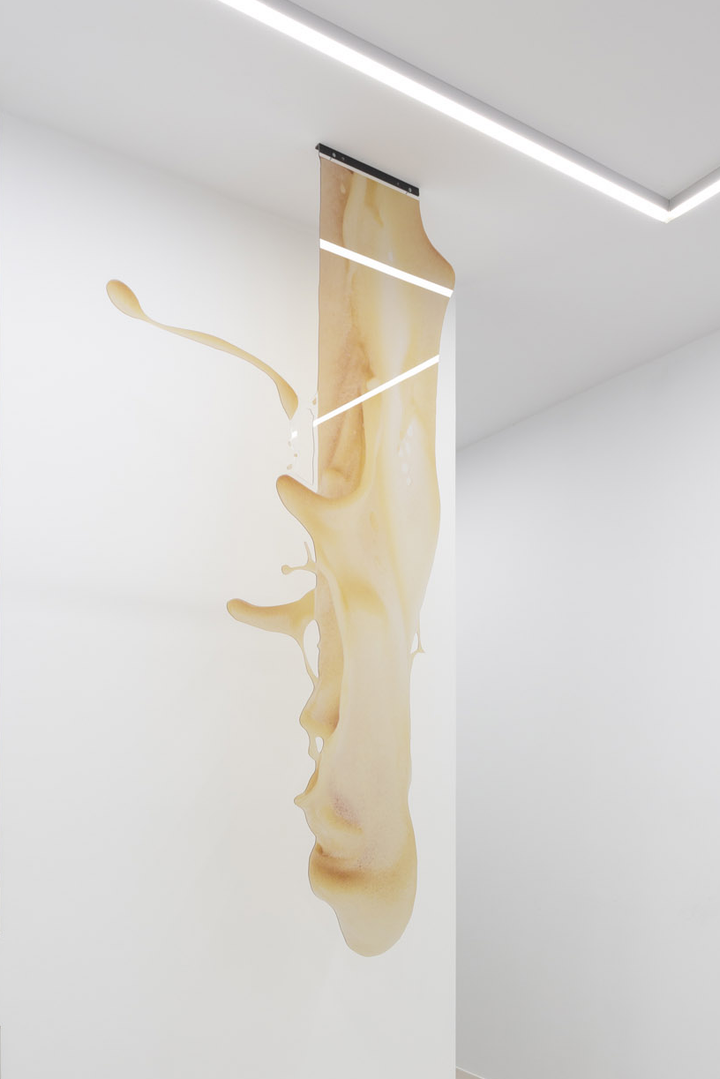
Estalactita 1 (Perhaps they never should have done it) Momu & No Es
Printed methacrylate Variable measures 1/3 + 2PA
This work has been exhibited in the following exhibitions and fairs: F.A.T.A.L. ART COLOGNE 2022 ART BRUSSELS 2022
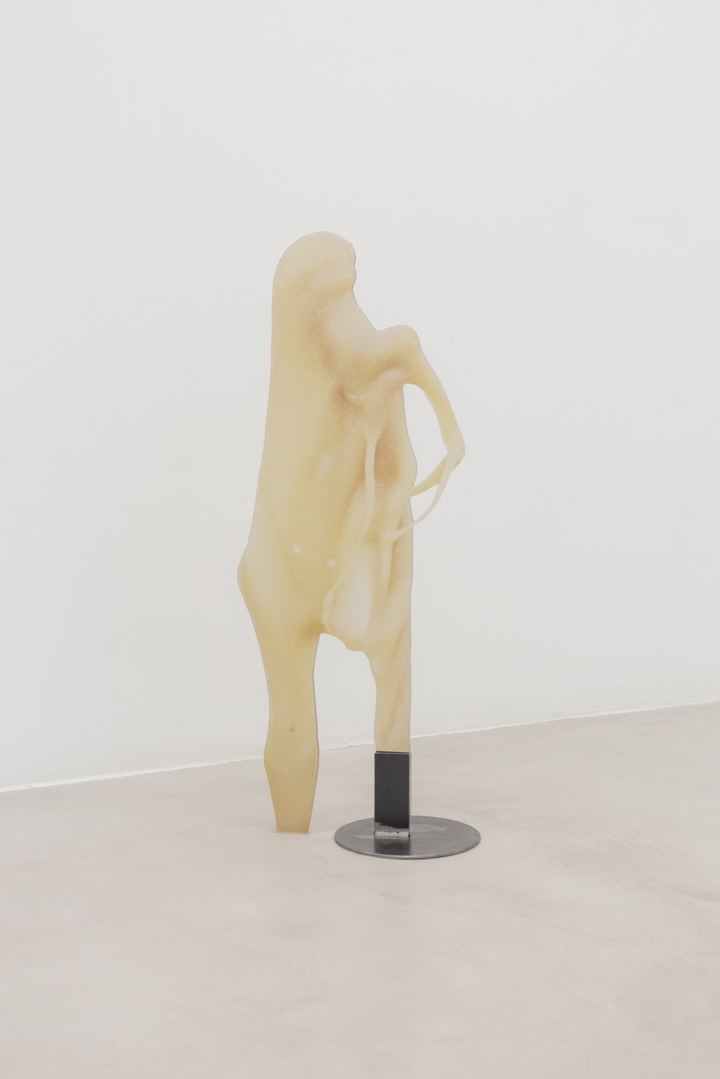
Estalagmita 1 (Perhaps they never should have done it) Momu & No Es
Printed methacrylate Variable measures 1/3 + 2PA
This work has been exhibited in the following exhibitions and fairs: F.A.T.A.L. ART COLOGNE 2022 ART BRUSSELS 2022
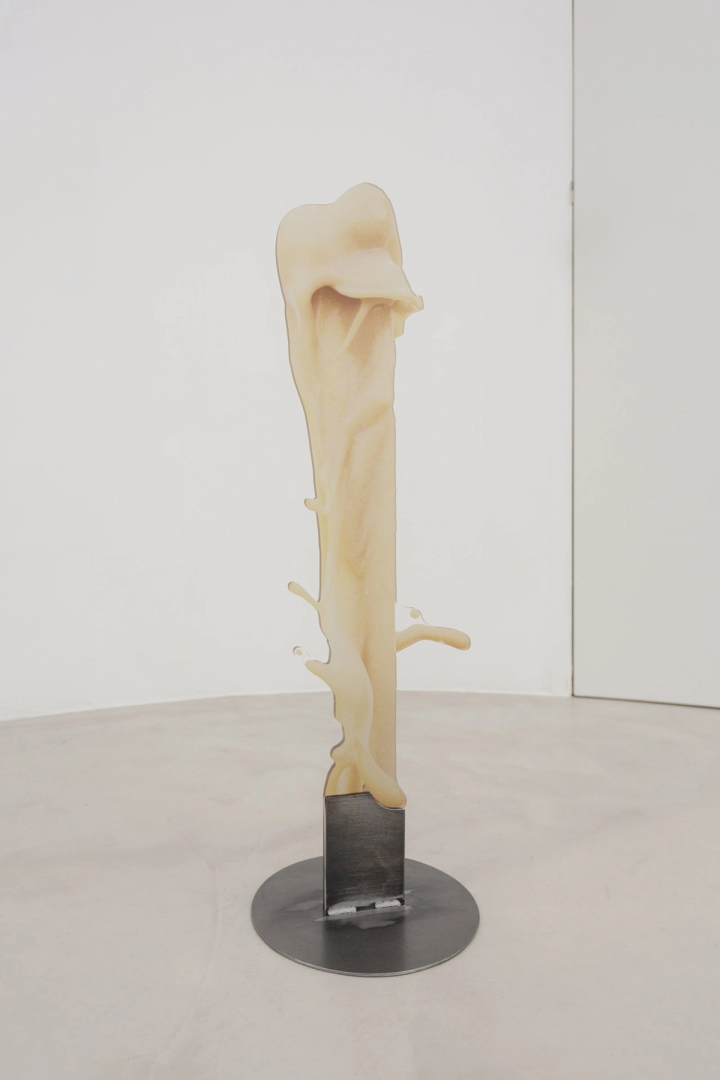
Estalagmita 2 (Perhaps they never should have done it) Momu & No Es
Printed methacrylate Variable measures 1/3 + 2PA
This work has been exhibited in the following exhibitions and fairs: F.A.T.A.L. ART COLOGNE 2022 ART BRUSSELS 2022

Estalagmita 3 (Perhaps they never should have done it) Momu & No Es
Printed methacrylate Variable measures 1/3 + 2PA
This work has been exhibited in the following exhibitions: Mixtape Vol. 1 F.A.T.A.L.
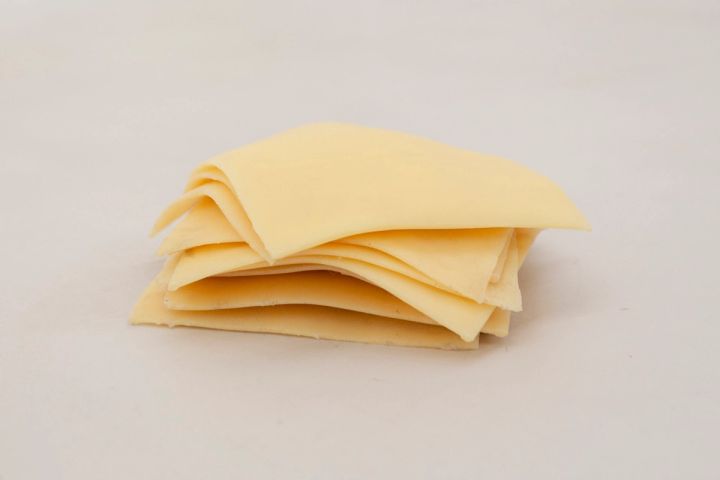
Singles americans Momu & No Es
Silicone 12 x 12 cm Unique pieces
This work has been exhibited in the following exhibitions and fairs: F.A.T.A.L. ART COLOGNE 2022 ART BRUSSELS 2022
Related exhibitions

This Fucking Name Christto & Andrew,Andrew Roberts,Aggtelek,Diego del Pozo Barriuso,Fito Conesa,Momu & No Es,Natacha Lesueur,Ovidi Benet,Pablo Durango
From March 11 to June 30, 2022
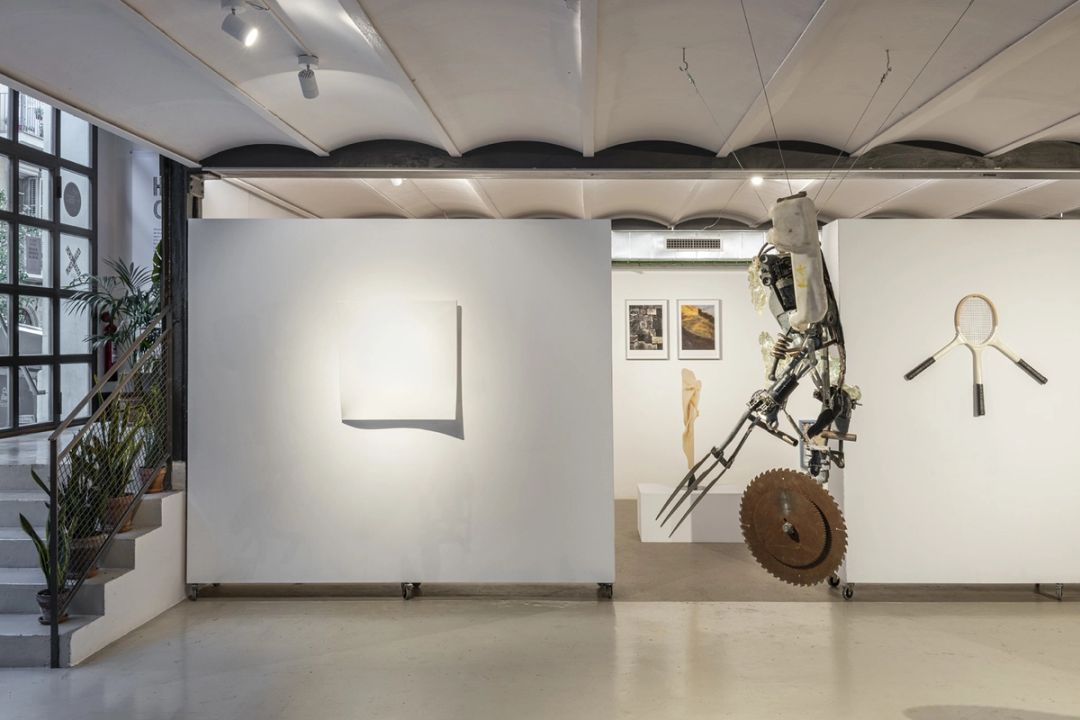
Mixtape Vol. 1 Christto & Andrew,Carlos Sáez,Antonio Fernández Alvira,Antoine et Manuel,Andrew Roberts,Aggtelek,Diego del Pozo Barriuso,Fito Conesa,Michael Roy,Mit Borrás,Momu & No Es,Natacha Lesueur,Ovidi Benet,Vicky Uslé,Octavi Serra,Sarah & Charles,Carmen Ortíz Blanco,Pablo Durango
From September 15 to November 25, 2022
Artist fairs
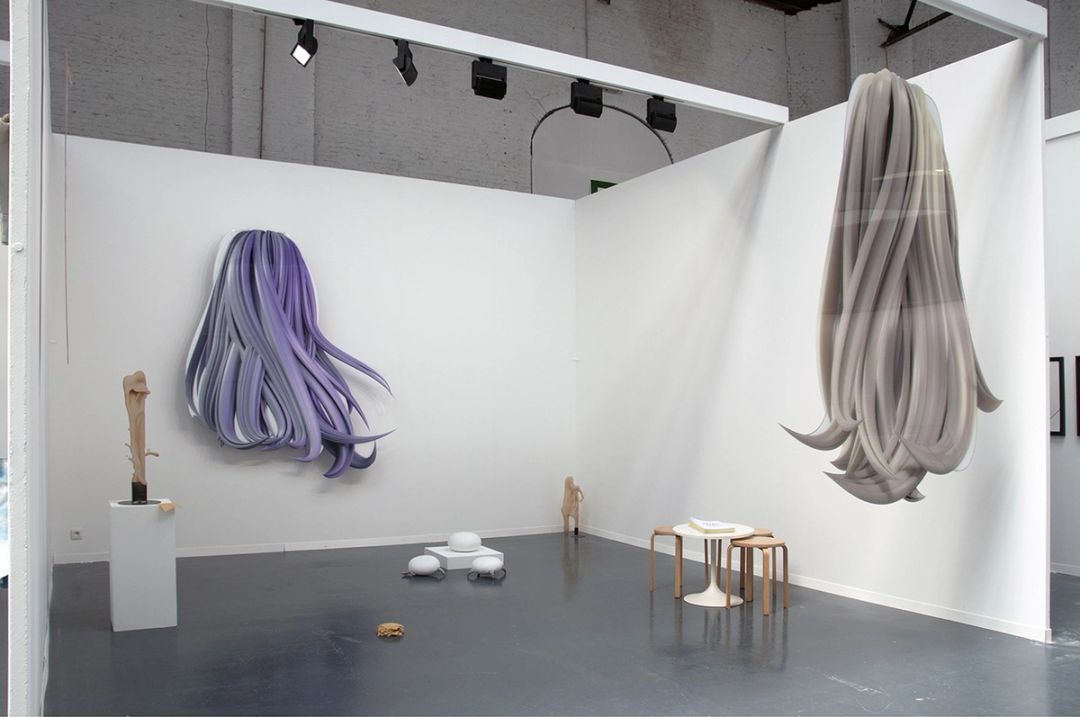
ART BRUSSELS 2022 Momu & No Es
From April 28 to May 1, 2022
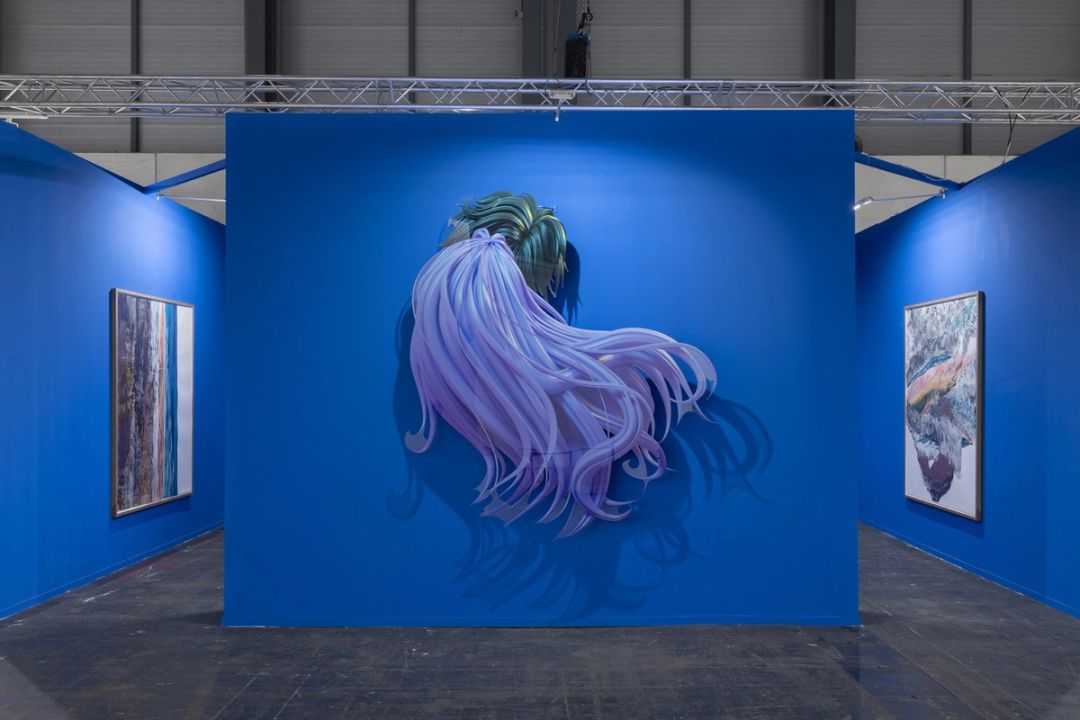
ARCO Madrid 2023 Momu & No Es,Vicky Uslé,Anna Moreno
From February 22 to February 26, 2023
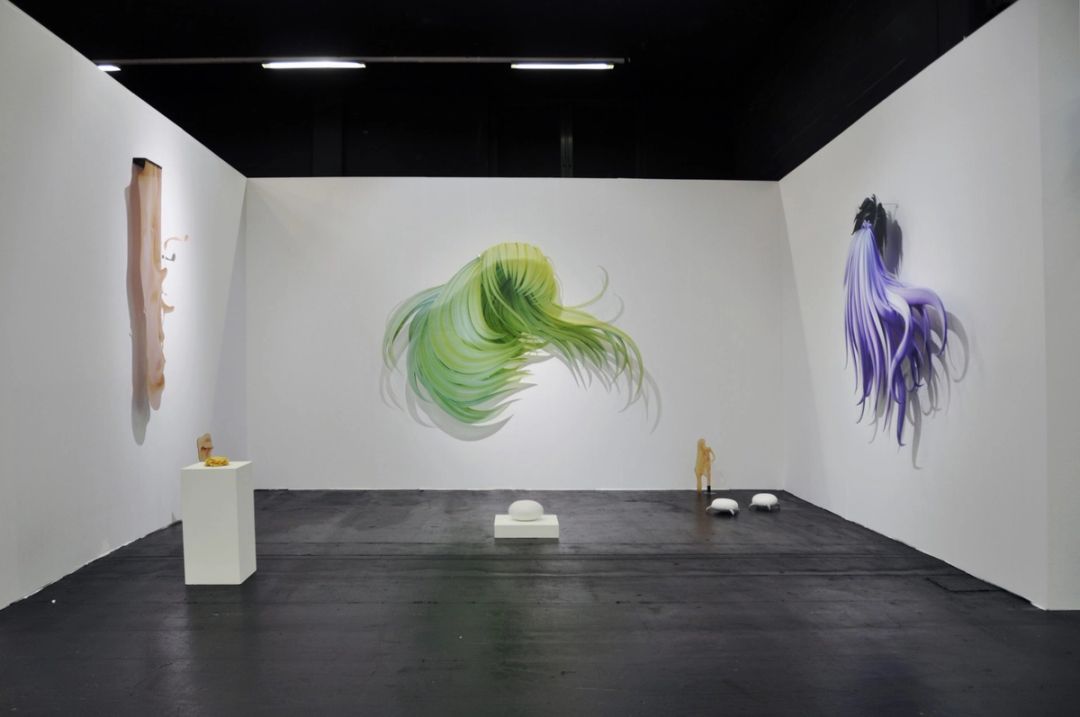
ART COLOGNE 2022 Momu & No Es
From November 16 to November 20, 2022
